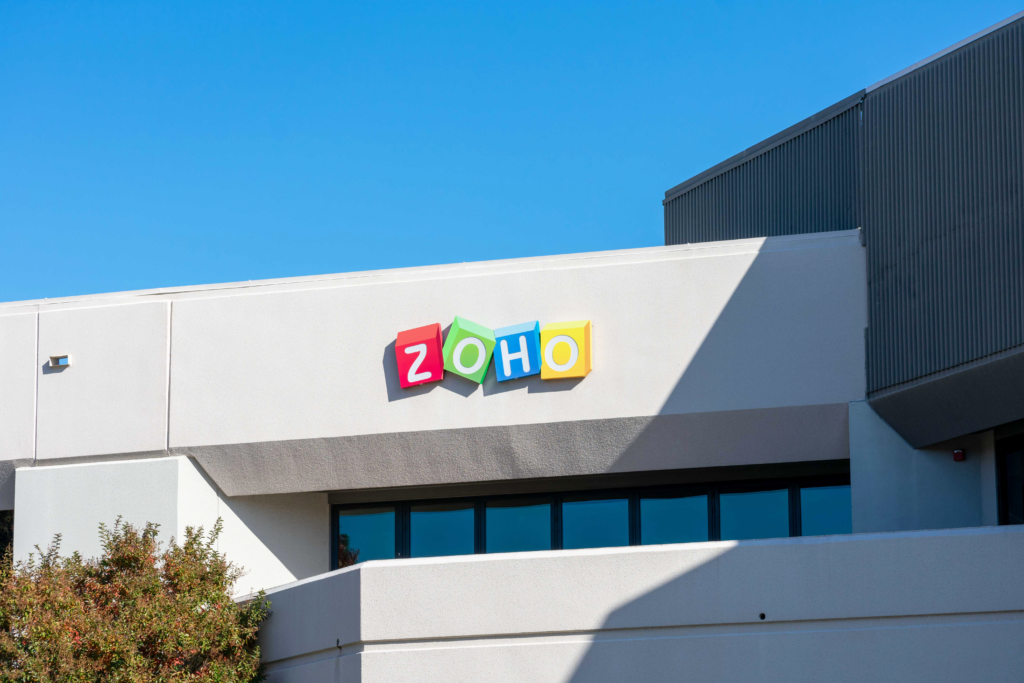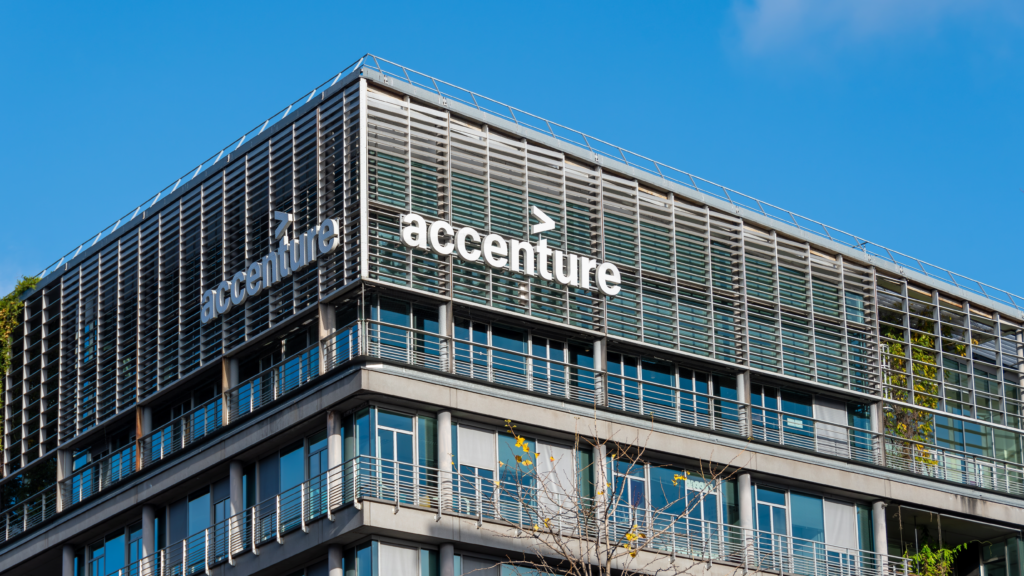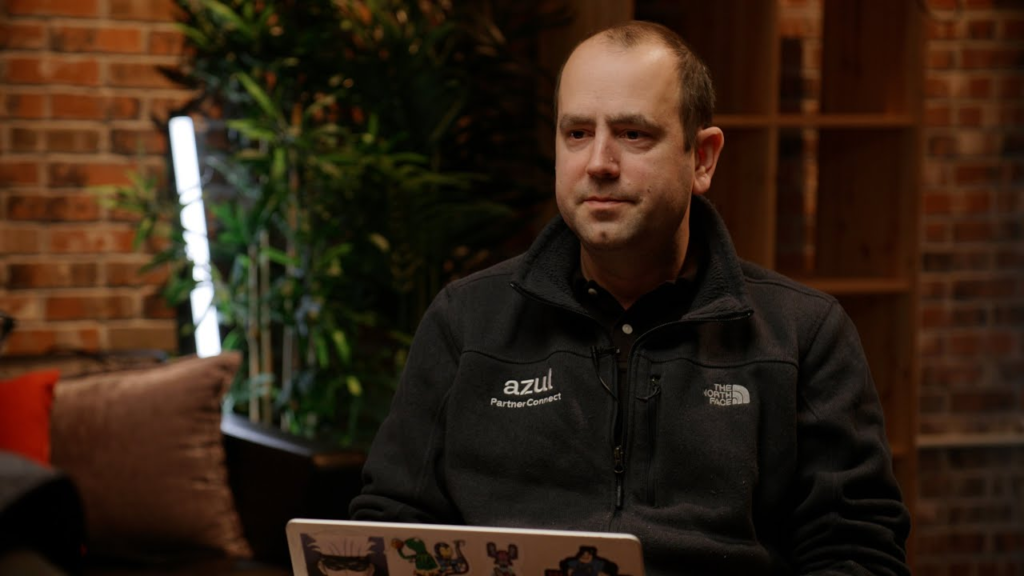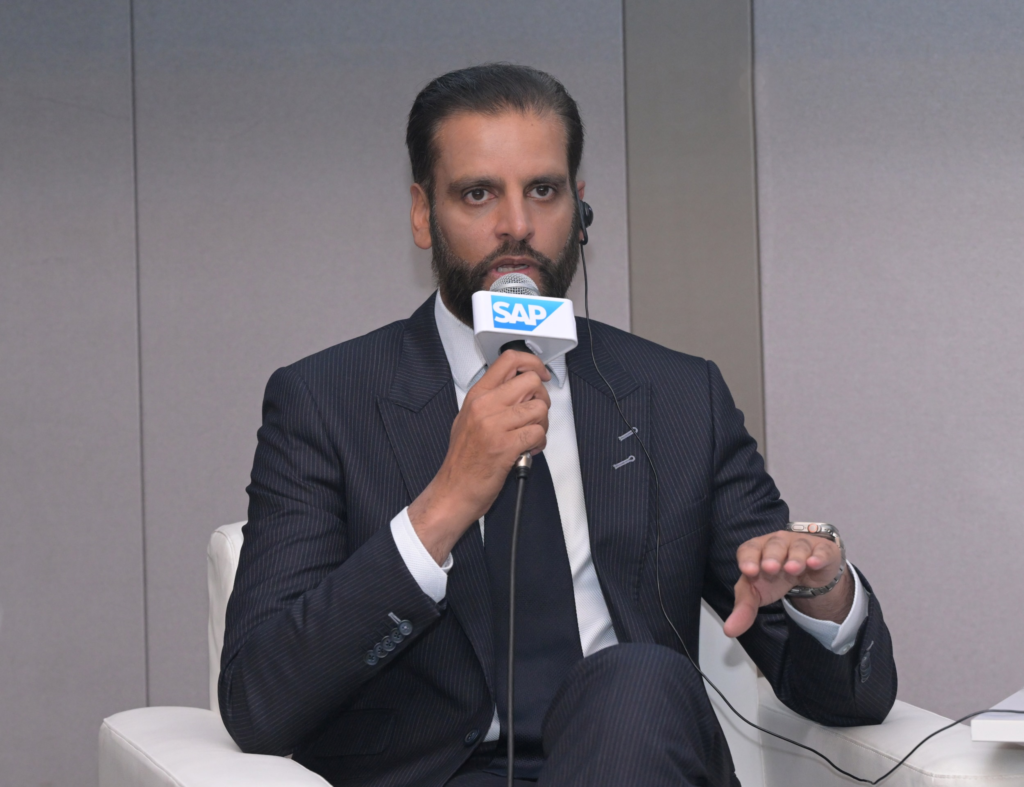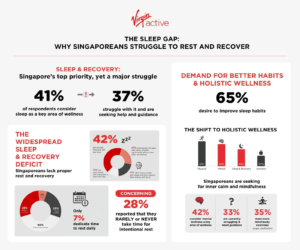Digital sovereignty has become a key priority for organizations globally. At its core, it refers to the ability to independently manage one’s digital assets—including data, hardware, software, and operational processes—while ensuring compliance with local regulations and maintaining control over critical activities. This concept encompasses three main components: Data sovereignty: Ensuring that data is governed by the laws and regulations of the country where it is collected and stored. For example, local laws may require data collected in one jurisdiction to remain within its boundaries due to regulatory or industry-specific requirements. Technical sovereignty: Managing and controlling the digital infrastructure and underlying technologies that process, store, and transmit data, ensuring alignment with governmental mandates. Operational sovereignty: Maintaining control and oversight of cloud services and operations, whether hosted locally or through third-party providers, with transparency as a core principle. Why sovereignty matters now Organizations face mounting challenges as geopolitical changes, rising cybersecurity risks, and increasing reliance on cloud technology intersect. Threats such as cyberattacks, infrastructure sabotage, and inconsistent global privacy standards demand greater attention to data protection, operational continuity, and regulatory compliance. The shift toward cloud-based software, platforms, and infrastructure services has heightened concerns surrounding data location, transparency, access, and jurisdictional regulations. These concerns are compounded by increasingly stringent requirements for data collection, processing, and storage, underscoring the need for measures that prioritize privacy, confidentiality, and local control. Organizations addressing sovereignty challenges often implement solutions such as dedicated cloud infrastructure, data storage regulations, controlled access, and encryption technologies to stay compliant and safeguard critical information. Approaches to digital sovereignty Zscaler offers solutions designed to help organizations achieve control and compliance aligned with sovereignty requirements. Its architecture provides organizations with flexibility in managing data location, policy enforcement, and security processes. Key elements of Zscaler’s approach include: Data plane: Zscaler utilizes regional and private service edges for policy enforcement. This includes ZIA (on-premises deployment) and ZPA Private Service Edges, which support deployment across data centers and public or private clouds. Logging plane: Flexible logging solutions cater to regional or in-country compliance needs, including pseudonymized logging and dedicated on-premises options for specific use cases. Control plane: Zscaler offers tools for granular regional policy control and continuity during outages. Customers can also disconnect temporarily from the global cloud for emergencies, ensuring business continuity. Key management: The platform integrates with Cloud hardware security modules (HSMs) to support secure TLS inspection certificates and encryption management that retains customer control, enabling robust data confidentiality. Compliance standards: Zscaler maintains adherence to stringent compliance requirements globally, including FedRAMP, DoD IL5, and IRAP standards. It leverages a “Collect Once Certify All” approach to streamline certification processes. Global footprint: With over 160 global data centers and specialized sovereign facilities, Zscaler ensures seamless compliance with local laws while expanding its capability to support diverse customer requirements worldwide. Supporting evolving sovereignty needs As sovereignty requirements evolve, Zscaler continues to innovate to address emerging challenges. Planned enhancements include: Certified hardware options for ZIA Private Service Edges to address operational and compliance needs. Regional storage of metadata logs and analytics for ZIA, ZPA, and ZDX services. Expansion of HSM capabilities and local key management structures aligned with regional services. Localized control planes for enhanced policy administration during internet disruptions. Advanced in-region content scanning and malware analysis to support data protection without breaching residency boundaries. Region-specific technical support tailored to compliance and sovereignty requirements. For national security organizations and other entities requiring stringent data safeguards, Zscaler collaborates directly to develop specialized solutions tailored to their unique needs. Looking ahead Digital sovereignty has transformed from a choice into a necessity for organizations worldwide. Zscaler addresses this need by delivering solutions that emphasize privacy, compliance, operational control, and data security. Through innovations such as regional data processing, localized support, and robust encryption tools, Zscaler enables organizations to navigate complex regulatory landscapes while ensuring critical data protections. As digital transformation accelerates, Zscaler remains committed to evolving its solutions to meet the sovereignty challenges of tomorrow. Organizations seeking ways to enhance their sovereignty posture can explore Zscaler’s offerings to build a compliant and secure digital future. For additional information, contact Zscaler today. source
